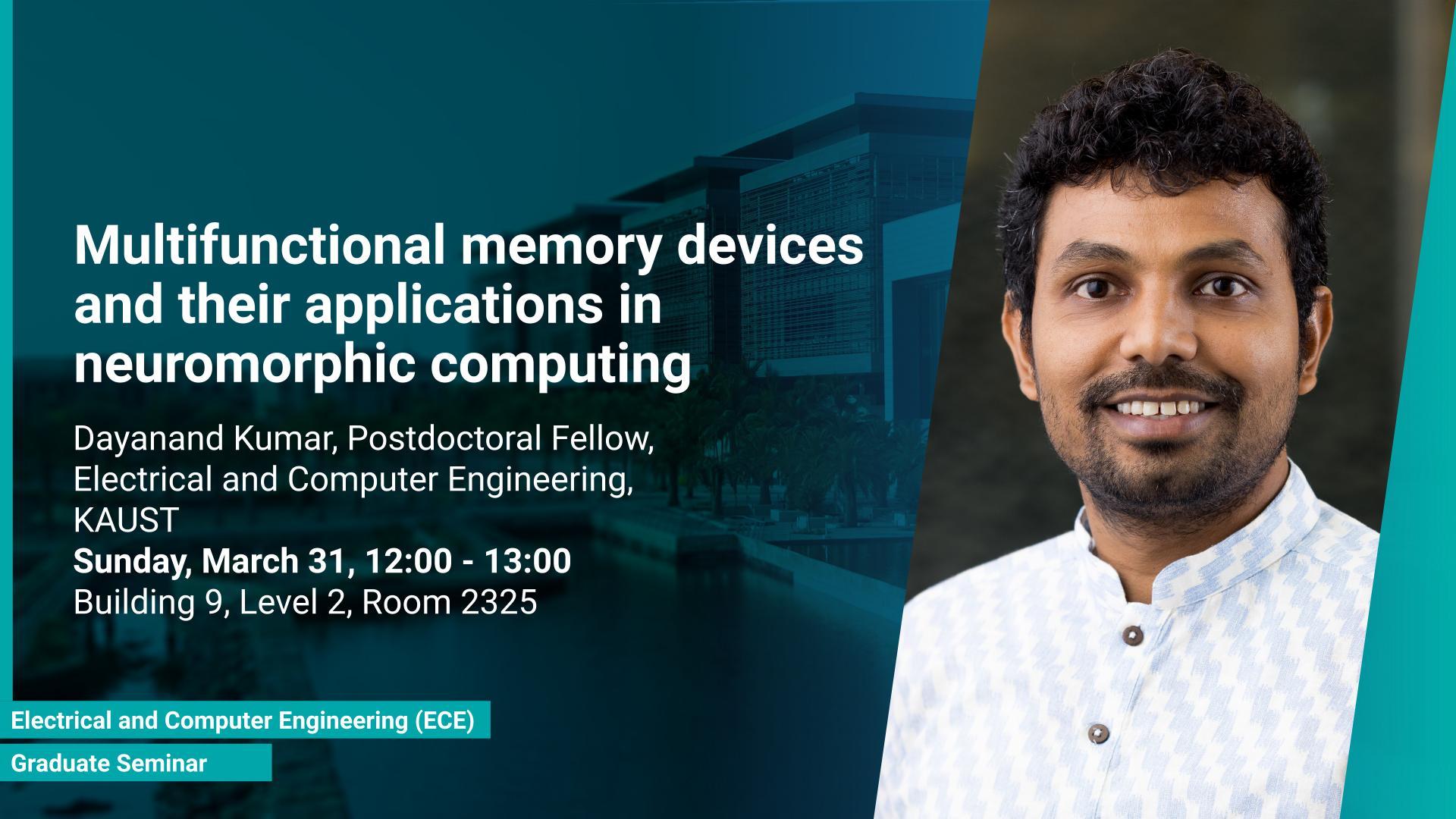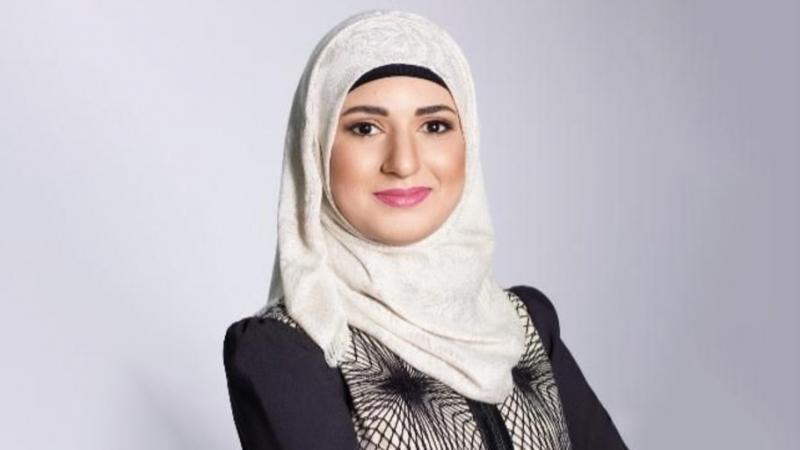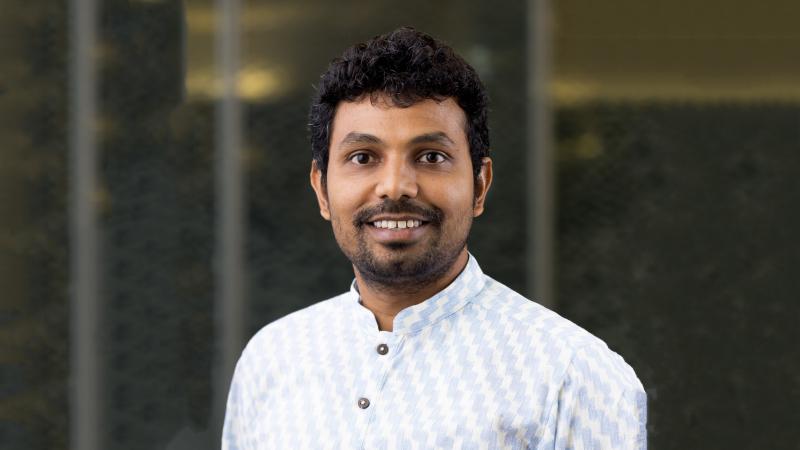Event Start
Event End
Location
Abstract
The traditional trajectory of electronic device scaling, guided by Moore's law, is currently encountering physical limitations. To address this, the "More-than-Moore" (MtM) trend has emerged, emphasizing the diversification of device functionalities to include sensing, storing, and processing data. MtM involves integrating non-computing devices like sensors with digital devices such as memory/logic. In this talk, I will be discussing recent advances in smart memory devices that can sense, store, and compute. The memory devices have been developed based on the mature charge trapping memory or emerging memristor structures, using various stimuli sensitive materials including 2D materials. As a result, such devices have been able to show in-memory optical sensing with an excellent retention and endurance characteristics. Moreover, such devices have shown the ability to mimic synaptic features and to engage in low power neuromorphic computing processes similar to the human brain. This advancement signifies a departure from traditional computing models, moving towards a more brain-inspired approach.
Brief Biography
Dr. Kumar is currently working as a postdoctoral fellow at SAMA lab. He received his M. Tech. from Indian Institute of Technology (IIT), Varanasi, India, in 2012, and his Ph.D. from National Chiao Tung University (NCTU), Taiwan, in 2018. He was awarded by the President of Taiwan for outstanding academic research performance during his Ph.D. in 2016. After his Ph.D., he worked as a Principal Integration Engineer (PIE) in Micron Technology, Taiwan, from 2018 to 2019. Then he moved to Nanyang Technological University (NTU), Singapore, as a postdoctoral research fellow. Later he joined NCTU, Taiwan, as postdoctoral research fellow from 2020 to 2021. Dr. Kumar worked as a visiting assistant professor at National Cheng Kung University (NCKU), Taiwan, from 2021 to 2022. His current research interests include optoelectronic memristors for brain inspired computing, wide-bandgap oxide-based image/photo sensor, emerging memory devices, and neuromorphic and in-memory computing.


